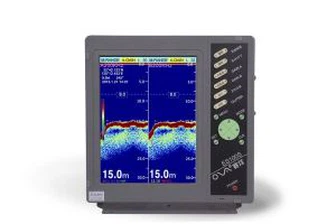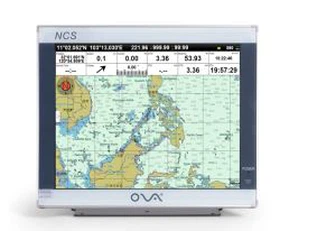Navigating the Future: A Comprehensive Guide to Marine Class A AIS Systems
Navigating the Future: A Comprehensive Guide to Marine Class A AIS Systems
Introduction
The maritime industry relies on advanced technology to ensure safety, efficiency, and compliance. At the heart of this ecosystem is the Marine Class A Automatic Identification System (AIS), a critical tool for vessel tracking and collision avoidance. As a leading manufacturer of Class A AIS devices, we're breaking down their importance, functionality, and how they're shaping modern maritime operations.
1. What is a Marine Class A AIS?
- Definition: Class A AIS is a mandatory transceiver system for commercial vessels over 300 gross tonnage, as per IMO's SOLAS regulations.
- Core Features:
- Transmits dynamic data (position, speed, course) and static data (vessel name, dimensions).
- Operates on VHF frequencies for real-time communication.
- Integrates with onboard systems like GPS, radar, and ECDIS.
- Purpose: Enhances situational awareness, reduces collision risks, and aids search-and-rescue operations.
2. Key Advantages of Class A AIS Over Class B
- Higher Transmission Power: Class A devices broadcast signals up to 12.5W, ensuring longer-range visibility (up to 40 nautical miles).
- Faster Update Rates: Updates every 2–10 seconds (vs. 30 seconds for Class B), critical for large vessels in congested waters.
- Advanced Safety Features: Supports text messaging, integrates with voyage data recorders (VDRs), and complies with strict international standards.
3. Compliance and Regulatory Requirements
- SOLAS Chapter V: Mandates Class A AIS for qualifying vessels to meet global safety protocols.
- Regional Regulations: Highlight region-specific rules (e.g., EU inland waterway directives or US Coast Guard requirements).
- Certifications: Discuss certifications like IEC 61993-2 and MED approval, emphasizing quality assurance.
4. Choosing the Right Class A AIS: A Buyer's Checklis
- Durability: IPX6/7 waterproof ratings and shock resistance for harsh marine environments.
- Integration Capabilities: Compatibility with existing navigation systems.
- Software Updates: Ensure future-proofing through firmware upgrades.
- Technical Support: Opt for manufacturers offering 24/7 assistance and training.
5. The Future of Class A AIS Technology
- Satellite Integration: Emerging solutions like S-AIS for global tracking beyond coastal areas.
- Cybersecurity: Addressing vulnerabilities in AIS data transmission.
- AI and Predictive Analytics: Using AIS data to optimize routes and fuel efficiency.
Marine Class A AIS systems are indispensable for safe and efficient maritime operations. By understanding their features, compliance requirements, and evolving technology, vessel operators can make informed decisions. As innovators in AIS manufacturing, we're committed to delivering robust, future-ready solutions that meet the demands of modern seafaring.
Explore our cutting-edge Class A AIS products or contact our team for a personalized consultation to ensure your vessel meets global safety standards.







